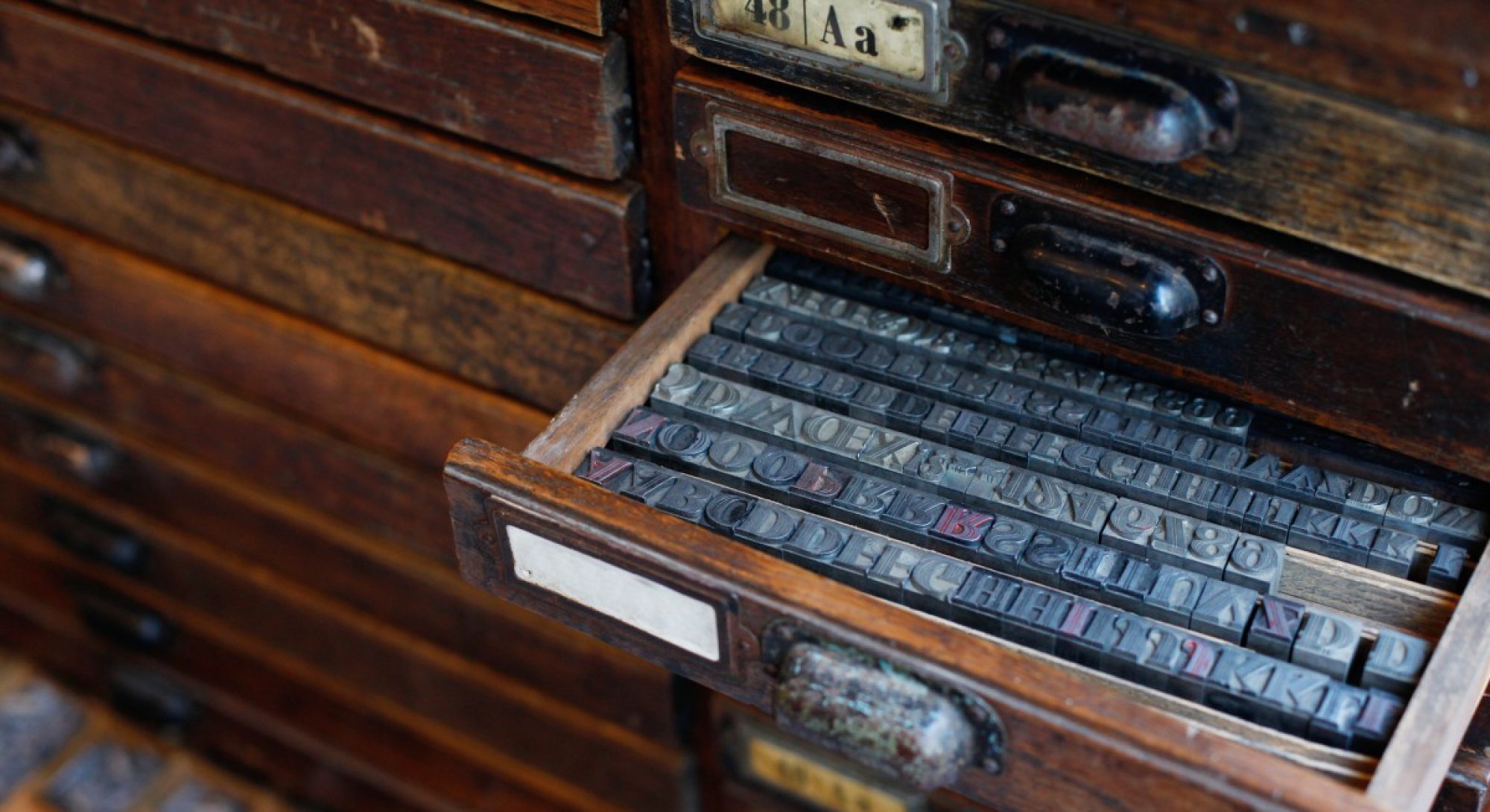As a New Yorker there is art everywhere you look. One of the most underrated forms of art is Typography on street awnings. We are constantly surrounded by words but we don’t really pay attention to why stores uses specific Fonts.
When I think of my neighborhood I think of Manhattan as a whole. I grew up on the Upper West Side but now I live in Chelsea. Ever since I moved to Chelsea I have felt like the city is my backyard. I can explore as much or as little as I want.
Chelsea got its name from an english man named Thomas Clarke. In 1750 he bought a ten square block-span of land near the water and named it chelsea after a soldier’s home in London. Since then it has expanded to what we still call Chelsea, 34th Street to 14th from 6th ave to the Hudson River.
When I wonder up and down 8th Avenue it’s very commercialized. I see typography in the old style, traditional and modern (Didone and Bodoni). The majority of the commercial storefronts use the typeface San serif. However I notice that serif is on restaurants and things not owned by big corporations like salons, bars, pet stores, restaurants, and some pizza places. Serifs are used to make the word more decorative. I think Chelsea does that to remain true to the English style.
The awning, Chelsea Apothecary shows use of two types of typography in my neighborhood. The chelsea is bold and in all caps with serifs. The word apothecary is all capital letters and no serifs (San serifs). I chose this awning because when I think of Chelsea I think of old combined with new. We have brownstones and five story apartment buildings representing the old. Throw in the high rises, street art on manholes, and newspaper stands (new). The word Chelsea is traditional and an old English word, keeping the identity of the area. Just like the word apothecary. That was a design choice. Instead of using the word pharmacy or medical practitioner.











